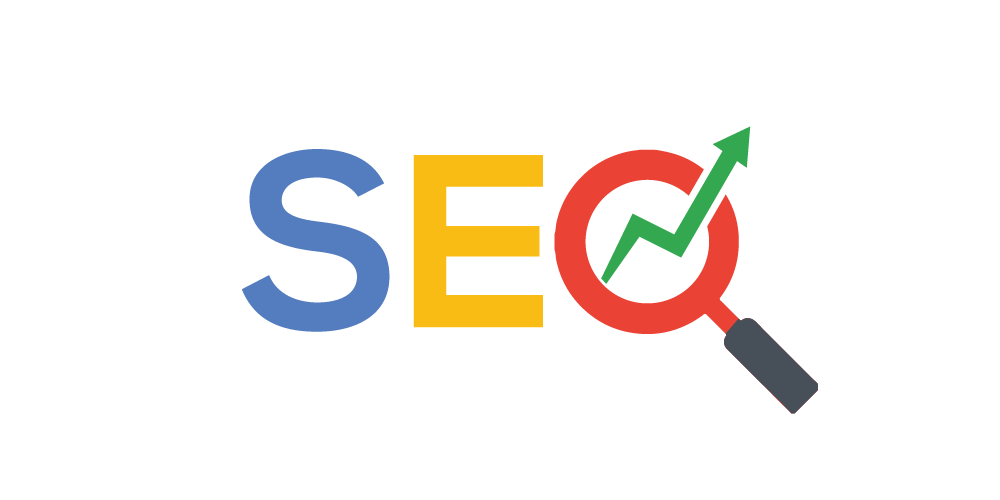Will AI Replace Digital Art?
The Power of AI in Digital Art
AI can now generate stunning visuals from just a line of text. It learns from vast datasets of existing artwork, mimicking styles, generating new compositions, and even iterating faster than most human artists ever could. For businesses, content creators, and casual users, AI offers speed, efficiency, and near-infinite creativity at scale.
Benefits of AI-generated art:
Fast production of high-quality visuals
Cost-effective for commercial use
Accessible to people with no formal art training
Great for concept development and ideation
The Soul Behind the Screen: Why Human Artists Still Matter
Despite these advantages, AI lacks one crucial element: intentionality. It doesn’t feel, experience, or understand. It doesn’t create from lived emotions or personal stories. Digital artists inject meaning, culture, and identity into their work. That human touch—flaws, spontaneity, cultural nuances—is something machines still can’t replicate.
Furthermore, art isn’t just about the end product—it’s about the process, vision, and message. AI can be a tool, but it doesn’t replace the artist’s mind behind the screen.
AI as a Tool, Not a Replacement
Rather than fearing replacement, many digital artists are embracing AI as a collaborative tool. It’s being used for:
Creating mood boards
Generating references
Speeding up workflows
Exploring new styles
In this way, AI is pushing the boundaries of what’s possible, not closing doors.
Conclusion: The Future is Human + AI
AI is here to stay, but it’s not here to take over. The future of digital art lies in collaboration between human creativity and machine intelligence. Instead of asking “Will AI replace digital art?” – a better question might be: “How can AI enhance digital art?”
In the end, it’s not about humans versus machines – it’s about how we use the tools at our disposal to tell stories that only humans can tell.
Visit – https://iluarttherapy.com/



